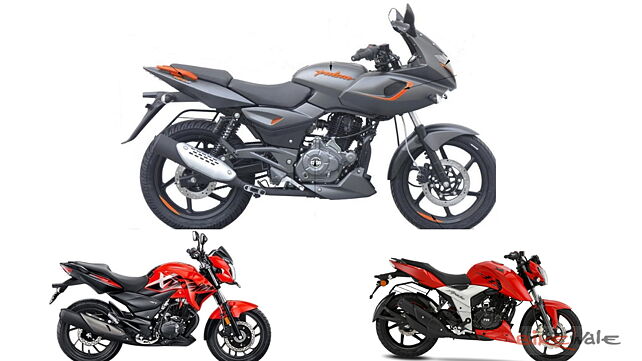
Bajaj has expanded its popular Pulsar range by launching the Pulsar 180F with an additional half-fairing. In its space, the Pulsar 180F faces close competition from the TVS Apache RTR 160 4V and the Hero Xtreme 200R. Let’s see how these motorcycles compete against each other.
Design
In terms of design, the new Pulsar 180F looks exactly identical to its elder sibling, the Pulsar 220F. Except for the 180F badging on the tail panel, it receives the same half-fairing housing the vertically stacked projector lamps and the fairing mounted side mirrors. While the 220F is limited to only glossy paint finishes, the 180F is offered with an additional matte neon paint scheme with contrasting accents. TVS has played a similar tactic with the Apache RTR 160 4V by cladding it in the RTR 200 4V’s body, thus giving it a streetfighter-like appeal. The Xtreme 200R is Hero MotoCorp’s first product in the 200cc class. Carry-forwarding styling hints from the previous Xtreme models, the 200 is a muscular looking motorcycle with prominent body lines giving it a bold look.
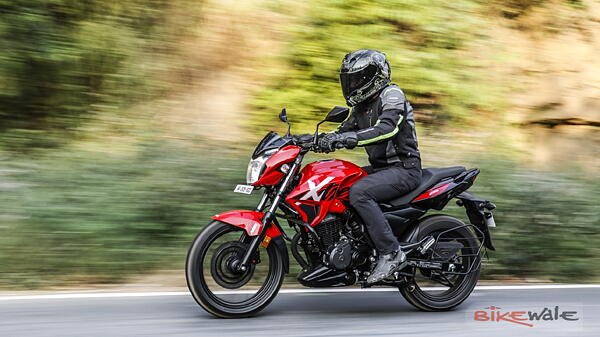
Engine
The Pulsar 180F continues to be powered by the same 178cc air-cooled single-cylinder motor with Digital Twin Spark Ignition. The motor is capable of producing 17bhp of max power and 14Nm of peak torque. The Apache RTR 160 4V comes with the company’s new engine line up with four-valve technology. The motor is 159.7cc single-cylinder unit with featuring oil-cooling that is capable of churning out 16.1bhp and 14.1Nm. Meanwhile, the Xtreme 200R is also powered by Hero’s new range of engines. Over there, the motorcycle gets a 199cc air-cooled single-cylinder mill that registers 18.1bhp and 17.1Nm. Over here the Xtreme registers the highest figures while the other two share a similar rating. All three bikes feature a 5-speed constant mesh gearbox.
Features
In this department, the Pulsar 180F is pretty basic. Apart from the projector lamp and LED tail lamp, the motorcycle features digital instrument console with an analogue tachometer, 3D logos and a side stand indicator. Next is the Apache RTR 160 4V which is a well-kitted motorcycle. It features a throaty double-barrel exhaust and a fully-digital instrument console with several features like 0-60 timer, top speed recorder and a lap timer beside the standard bits. It also gets the option of electronic fuel injection for the top-spec model. Moving to the Xtreme 200R, the bike is pretty basic in terms of features. It has an analogue tachometer accompanied by a small display to its right for all the other information. However, it is the only motorcycle in the trio to be offered with single-channel ABS earing it additional points for safety.
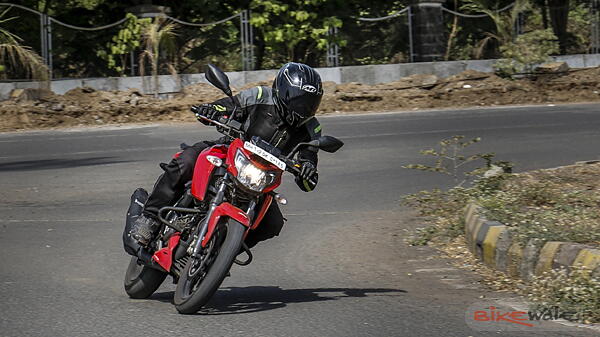
Cycle parts
Built around the same Double Cradle Downtube chassis, the Pulsar 180F comes with telescopic forks up front and a 5-way adjustable gas-charged monoshock at the back. For braking, the bike comes equipped with 260mm disc at the front and 230mm disc at the back by Bybre calipers. In the case of the Apache, the motorcycle uses a Double Cradle Split Synchro chassis that has been derived from their racing bikes. Besides that, the motorcycle features telescopic forks at the front and a race-tuned monoshock developed in cooperation with Showa at the back. To shed speed, the bike comes equipped with 270mm and a 200mm petal disc at the front and rear, respectively. The Xtreme 200R features Diamond frame with telescopic forks at the front and a 7-step adjustable monoshock at the rear. For shedding speeds, the 200R utilises a 276mm disc up front and a 220mm disc for the rear. As mentioned earlier, the front is equipped with single-channel ABS.
Pricing
Coming to the price part, the Pulsar 180F is the cheapest amongst the lot carrying a sticker price of Rs 86,499. Next, is the Apache RTR 160 4V which retails at Rs 88,344 for the disc variant (fuel-injected priced at Rs 95,345). The Xtreme 200R holds the most premium price in the three, carrying a price tag of Rs 91,600. All prices are ex-showroom, Mumbai.

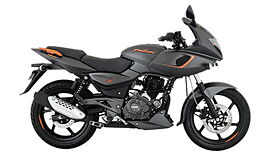
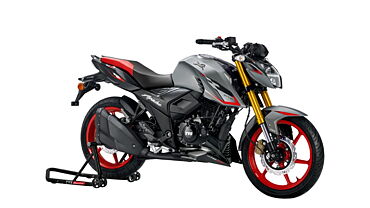

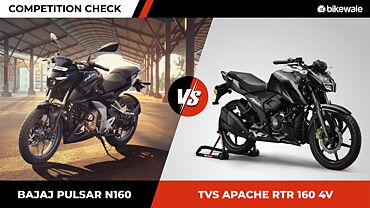

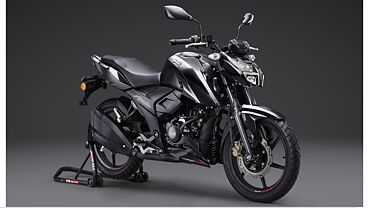

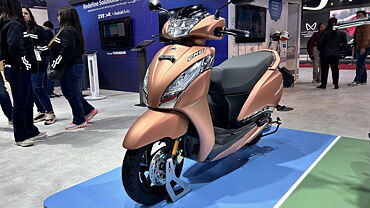
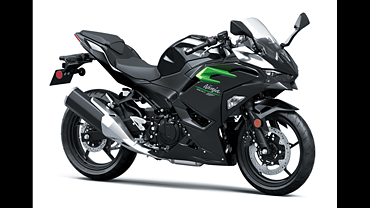
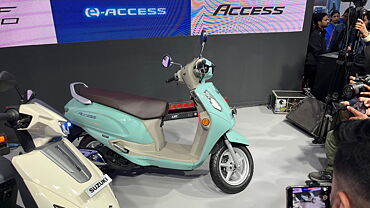
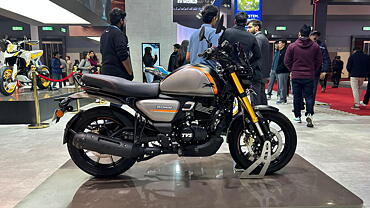


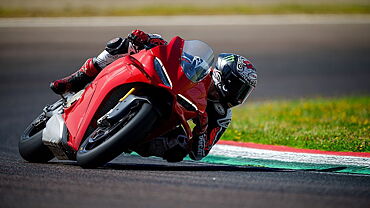
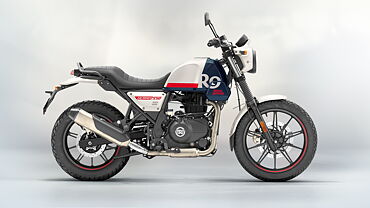
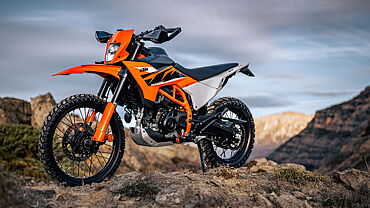





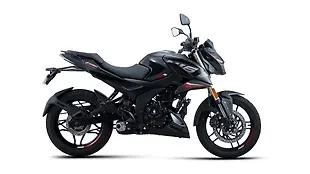
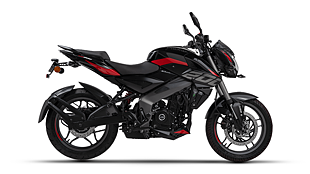
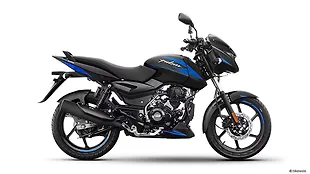





![KTM 390 Adventure X [2025] KTM 390 Adventure X [2025]](https://imgd.aeplcdn.com/272x153/n/cw/ec/190885/390-adventure-x-2025-right-side-view.jpeg?isig=0&q=80)